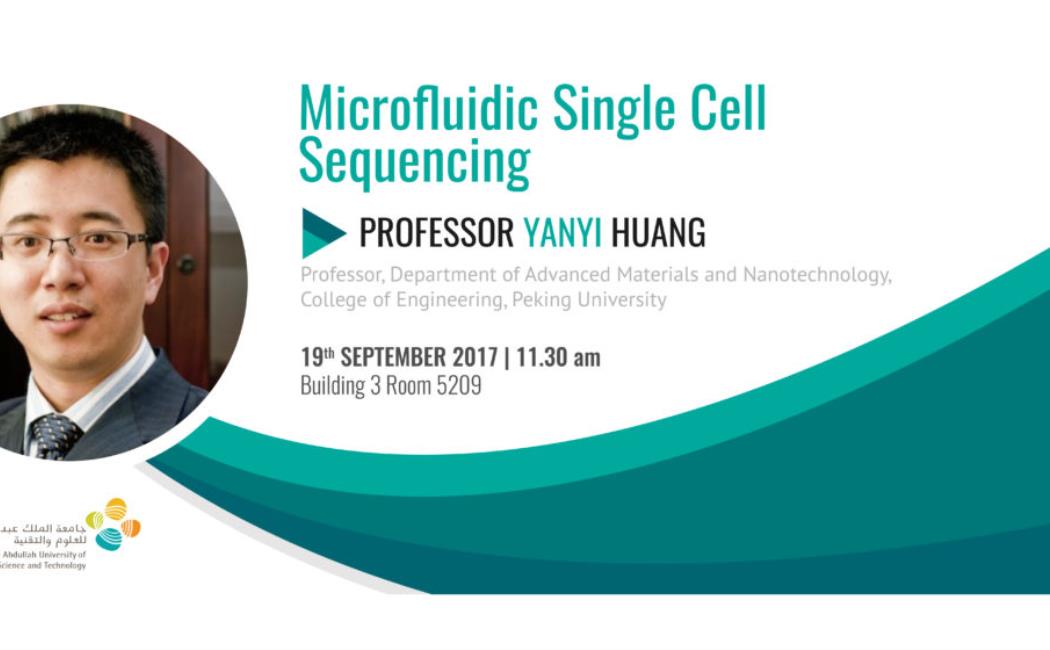
Microfluidic Single Cell Sequencing
Quantitative single-cell analysis enables the characterization of cellular systems with a level of detail that cannot be achieved with ensemble measurement. I am going to show some of our recent work on developing better approaches for single-cell sequencing, including whole genome amplification and whole transcriptome analysis. Whole-genome amplification (WGA) for next-generation sequencing has seen wide applications in biology and medicine when characterization of the genome of a single cell is required. High uniformity and fidelity of WGA is needed to accurately determine genomic variations, such as copy number variations (CNVs) and single- nucleotide variations (SNVs). Prevailing WGA methods have been limited by fluctuation of the amplification yield along the genome, as well as false-positive and -negative errors for SNV identification. I will present a new approach, emulsion WGA (eWGA), to overcome these problems. We divide single-cell genomic DNA into a large number (10^5) of picoliter aqueous droplets in oil. Containing only a few DNA fragments, each droplet is led to reach saturation of DNA amplification before demulsification such that the differences in amplification gain among the fragments are minimized. We demonstrate the proof-of-principle of eWGA with multiple displacement amplification (MDA), a popular WGA method. This easy-to-operate approach enables simultaneous detection of CNVs and SNVs in an individual human cell, exhibiting significantly improved amplification evenness and accuracy. Following similar design, we also develop a robust and simple single-cell RNA-seq method, named ‘easier-seq’ to perform whole transcriptome analysis. This new method is capable of capturing novel transcripts without polyA tails.
Biosketch: Dr. Yanyi Huang received his BS (Chemistry) and ScD (Inorganic Chemistry) degrees from Peking University in 1997 and 2002, respectively. He then conducted his postdoc research at Caltech (Applied Physics, 2002-2005) and Stanford (Bioengineering, 2005-2006). He started his independent career at Peking University in 2006 as a Principal Investigator and then promoted to Associate Professor in 2009, and Professor in 2013. He is Professor of Materials Science and Engineering, Principal Investigator in Biodynamic Optical Imaging Center (BIOPIC), Principal Investigator in Beijing Advanced Innovation Center for Genomics (ICG), Principal Investigator in Peking-Tsinghua Center for Life Sciences, and an Adjunct Professor of Analytical Chemistry.